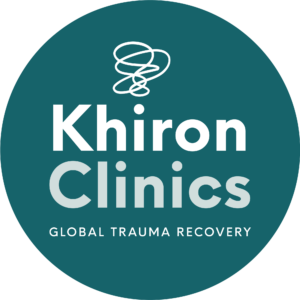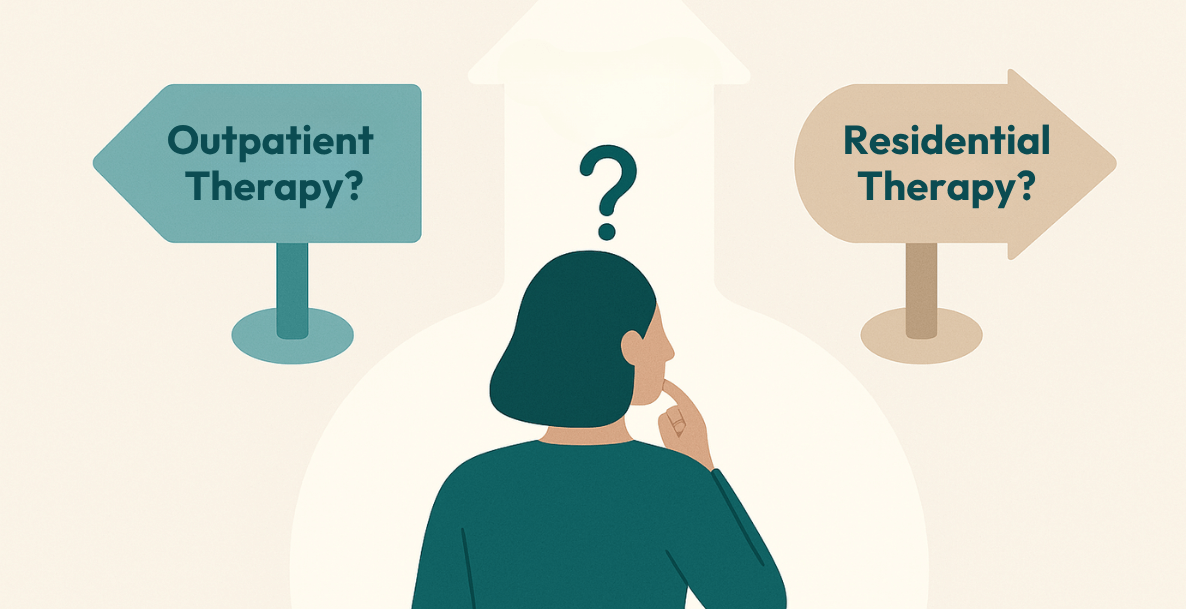When a gazelle is chased by a lion in the African wilderness, they experience a very similar response to the threat on their livelihood as we humans do. Stress hormones like adrenaline and cortisol go surging through their body, helping them take off running at the fullest speed possible toward safer grounds. Being chased by a lion couldn’t be more of a terrifying prospect for nearly any animal. For humans this would be most unusual. For animals lower on the hierarchy of the African wilderness, it is an expected par for the course. Suppose the gazelle escapes and makes it back to a safe place. Surely, the experience of running for their lives and being chased by a lion is traumatizing. Yet, largely, animals are unaffected by traumatizing events, blood, gore, threats to their survival, and more. A primary difference between how an animal experiences the activation of their survival system versus how a human experiences their survival system is that an animal is able to complete the cycle.
If a human was chased by a lion, it could take years for the PTSD to subside. Though the very same survival system is engaged, the cycle does not complete through the body in a human the same way it does in an animal. After reaching a place of safety, the gazelle will run, skip, jump, play with others, jump in the water, or some other activity. Intuitively, the animal is releasing all of the energy created by the release of stress hormones, thereby completing the trauma process. Humans, on the other hand, tend to freeze. Running for our lives, literally or proverbially, doesn’t often end with “shaking it off”. In fact, post-traumatic stress disorder is the direct result of the incapability humans have to simply “shake off” their traumatic experiences. Since we freeze, the stress caused by trauma remains in our body. Keeping the memory of trauma alive in the very cellular makeup of our being, we often cannot find full release from trauma until we release the physical captivity of traumatic events.
Somatic experiencing is a therapeutic approach to healing trauma which involves moving the body and releasing physical stress when recalling traumatic memories. In trauma recovery, the body needs as much therapy as the mind and the spirit. We will look further into the practice of somatic experiencing in our next blog.
Providing effective residential care and cutting edge treatments, seeking trauma recovery at Khiron House offers healing for many common mental health problems and manifestations of trauma. If you haven’t found the treatment solution you need to sustain a life of recovery, your journey is here waiting for you to begin. For information, please call UK: 020 3811 2575 (24 hours) USA: (866) 801 6184 (24 hours).





